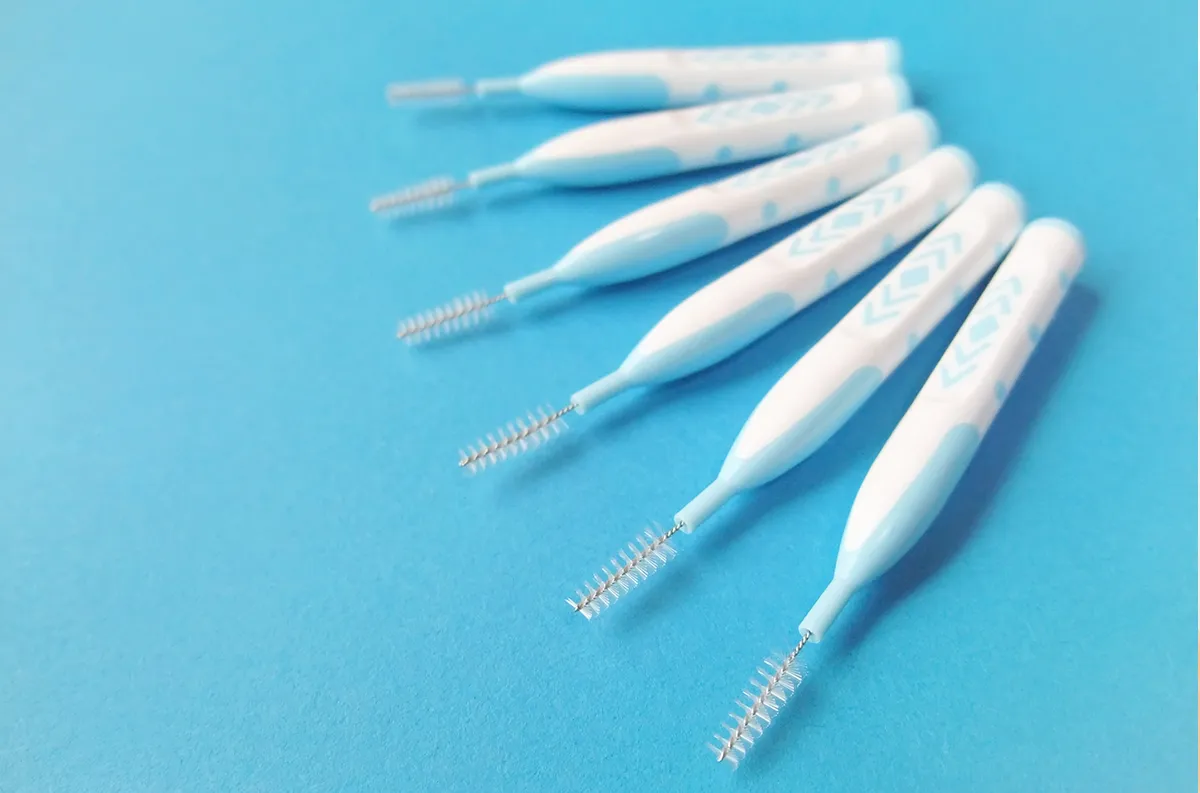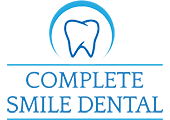As you improve your brushing and flossing techniques and habits, you unlock new levels of oral health. Brushing twice a day is a great start, but it doesn’t go far enough to optimise your dental hygiene and overall health. Excellent self-care involves comprehensive cleaning, which reaches even the hard-to-access places around your teeth. Eliminate plaque and debris from between your teeth and along your gumline by incorporating flossing and interdental brushing into your routine. It’s typically only needed once per day and it will help your mouth stay in great shape.
Why flossing and interdental brushing matter
Flossing and interdental brushing are core components of a thorough oral hygiene routine. Unlike toothbrushes, which primarily clean the surfaces of teeth, flossing and interdental brushing bring the cleaning action right into the tight spaces between teeth and along the gumline. These areas are notorious for trapping food particles and harbouring plaque, a sticky film of bacteria. If left unchecked, plaque buildup can lead to gum disease, tooth decay and bad breath.

Benefits of flossing and interdental brushing
Plaque removal
Think of plaque as a breeding ground for harmful bacteria. These bacterial thrive on the sugars in your food, producing acids that erode tooth enamel and lead to cavities. Regularly removing plaque through flossing and interdental brushing starves these bacteria and protects your enamel, preventing the formation of tartar. Tartar, the hardened and calcified version of plaque, is much more difficult to remove and requires professional dental cleaning. By maintaining a thorough oral hygiene routine, you can effectively manage plaque and keep your teeth and gums healthy.
Gum protection
Gum disease is a serious but preventable condition. It starts with inflammation, leading to bleeding gums and bad breath. If not properly addressed, it can progress to bone loss and even tooth loss. Flossing and interdental brushes reach deep into the gum pockets, where normal brushing can’t, removing plaque and bacteria that trigger inflammation. This helps maintain healthy gums, prevent receding gumlines and safeguard your overall oral health.
Cavity prevention
Cavities form when bacteria in plaque produce acid that eats away at your tooth enamel. Flossing and interdental brushes go beyond just removing food particles. They physically disrupt the biofilm where bacteria reside, making it harder for them to thrive and produce acid.
This method of targeting bacteria, debris, and disrupting their colonies across different fronts significantly lowers the chances of cavities forming, particularly in those tricky spots between teeth that are hard to reach.
Fresher breath
Bad breath often originates from the breakdown of food particles and bacteria that get stuck between your teeth. When you regularly clean these tight spaces with flossing and interdental brushing, you eliminate these odour-causing culprits at their source. This leaves your breath noticeably fresher and boosts your confidence.
Choosing the right interdental cleaning tools
When it comes to interdental cleaning, you have many different options, here’s a quick guide to help you choose:
Dental floss: Available in different types such as waxed, unwaxed and floss picks. Choose one that fits comfortably between your teeth and is easy to use.
Interdental brushes: These come in various sizes to match different gap sizes between teeth. Pick a size that fits snugly but comfortably between your teeth without causing discomfort.
Water flossers: These devices use a stream of water to clean between teeth. They can be particularly useful for people with braces or other dental work.

Best practices for flossing
Frequency: Floss at least once a day, preferably before bedtime or after meals.
Technique:
- Take about 18 inches of floss and wind it around your middle fingers, leaving about 1-2 inches of floss between them.
- Hold the floss tightly between your thumbs and index fingers and gently glide it between your teeth using a back-and-forth motion.
- Curve the floss into a C-shape around each tooth and move it up and down to remove plaque and debris.
- Use a clean section of floss for each tooth to avoid spreading bacteria.
Be gentle: Avoid snapping the floss into your gums, as this can cause irritation and bleeding. Use a gentle motion to avoid injuring your gums.

Best practices for interdental brushing
Size selection: Interdental brushes come in a range of sizes to accommodate different gap sizes between teeth. It’s crucial to choose a size that fits comfortably between your teeth without forcing it, as using a brush that is too large may cause discomfort or even damage to the gums.
Interdental brushes, such as Piksters®, offer a range of sizes from 000 to 9, each tailored to different space sizes and specific needs.
- Size 000: These are the smallest interdental brushes, perfect for extremely tight or crowded spaces. They may be suitable for some young patients with smaller gaps between their teeth.
- Size 00 to 0: Slightly bigger than 000, these sizes are ideal for small to medium-sized gaps between teeth. They’re commonly used for regular interdental cleaning and maintenance.
- Size 1 to 4: Suitable for medium to large gaps between teeth and around dental bridges or implants. They effectively clean areas where food particles may accumulate.
- Size 5 to 6: Designed for wide gaps between teeth, providing thorough cleaning under orthodontic wires and restorative works.
- Size 7 to 9: The largest brushes available, suitable for very wide gaps, areas with significant periodontal disease or missing teeth.
Colour coding: Many brands use colour-coded brushes to indicate size, aiding users in selecting the right brush.
Brush shape: Brushes may come in cylindrical or conical shapes. Cylindrical brushes are typically better for straight gaps between teeth, while conical brushes are useful for reaching into curved or angled spaces.
Consult your dentist: Dental professionals can help measure the spaces between your teeth to identify the most suitable interdental brush for your needs.
- Hold the brush between your thumb and index finger.
- Insert the brush into the space between your teeth and gently move it back and forth to remove plaque and debris.
- Angle the brush slightly towards the gumline and use a gentle twisting motion to clean along the sides of the teeth.
- Use a new section of the brush for each space to avoid transferring bacteria.
Regular use: Incorporate interdental brushing into your daily oral hygiene routine, ideally before brushing your teeth.
Tips for optimal oral health
In addition to regular brushing and dental visits, incorporating flossing and interdental brushing into your daily routine is crucial for maintaining excellent oral health.
Consistency is key: Make flossing and interdental brushing a daily habit to effectively remove plaque and food particles from between your teeth and along the gumline. Consistent practice ensures that you are actively preventing gum disease and tooth decay.
Regular dental visits are essential: Even with diligent home care, it’s important to schedule regular dental check-ups. Professional cleanings performed by your dentist or dental hygienist can reach areas that are difficult to clean at home and help prevent tartar buildup. Furthermore, routine dental visits allow your dentist to identify and address any potential issues early before they develop into more significant problems.
Be patient and persistent: Initially, flossing and using interdental brushes may feel awkward or challenging. However, with patience and practice, you will become more comfortable and proficient in these techniques. Remember that consistency is key, and the effort you put into your oral hygiene routine will pay off in the long run with healthier teeth and gums.
Be patient and persistent: Initially, flossing and using interdental brushes may feel awkward or challenging. However, with patience and practice, you will become more comfortable and proficient in these techniques. Remember that consistency is key, and the effort you put into your oral hygiene routine will pay off in the long run with healthier teeth and gums.
Ensuring long-term oral health
That pristine feeling when your teeth are comprehensively clean is hard to beat. This is not just a task on your to-do list; it’s an essential pillar of an excellent oral hygiene routine which can even give you a major confidence boost. When your interdental cleaning is combined with diligent brushing and regular dental visits, the cleanliness of your smile increases, helping you thrive in every way. Dedicating a little extra effort to your oral hygiene today can yield significant benefits right now and for years to come. So, now is the time to upgrade your routine and reap the rewards!


